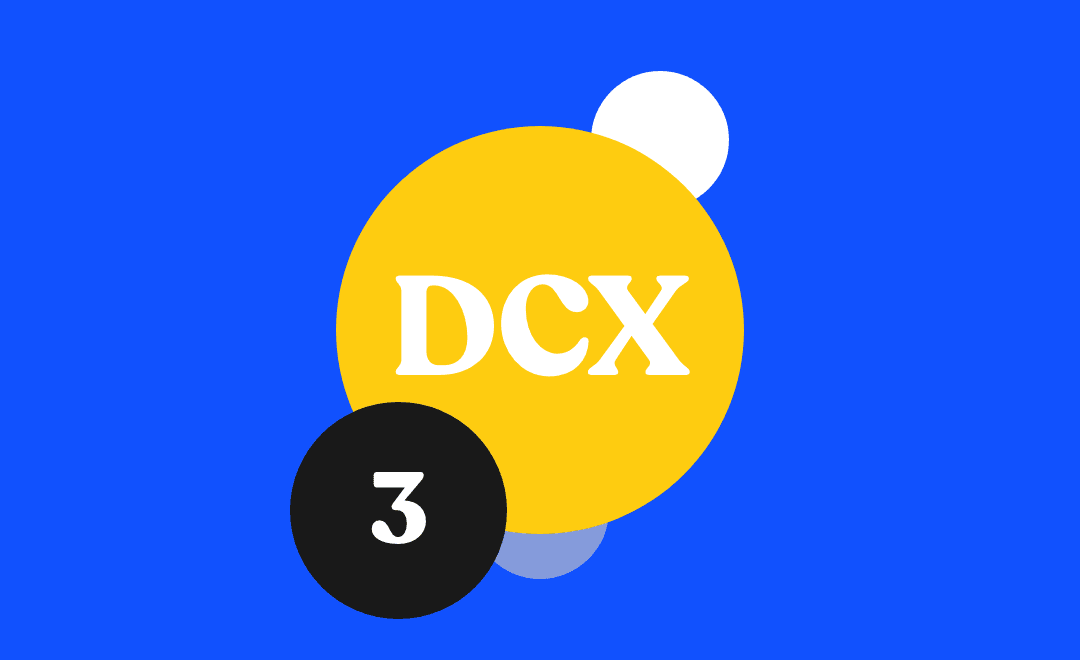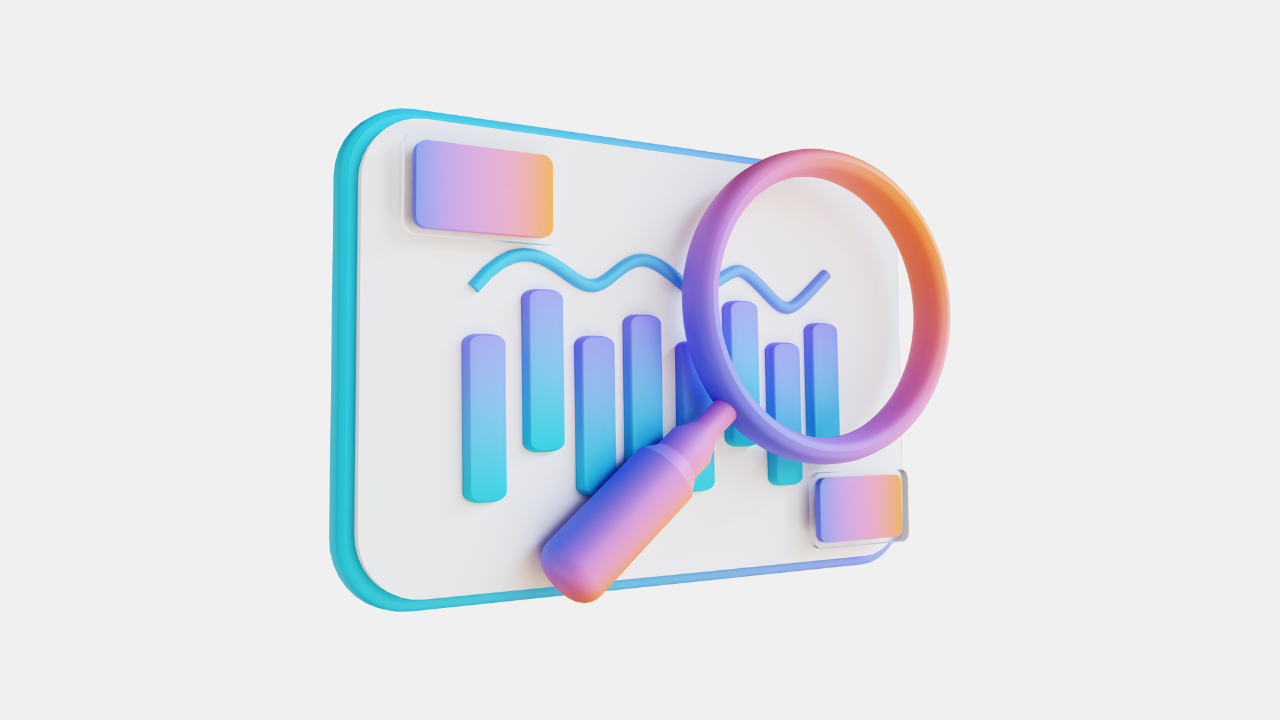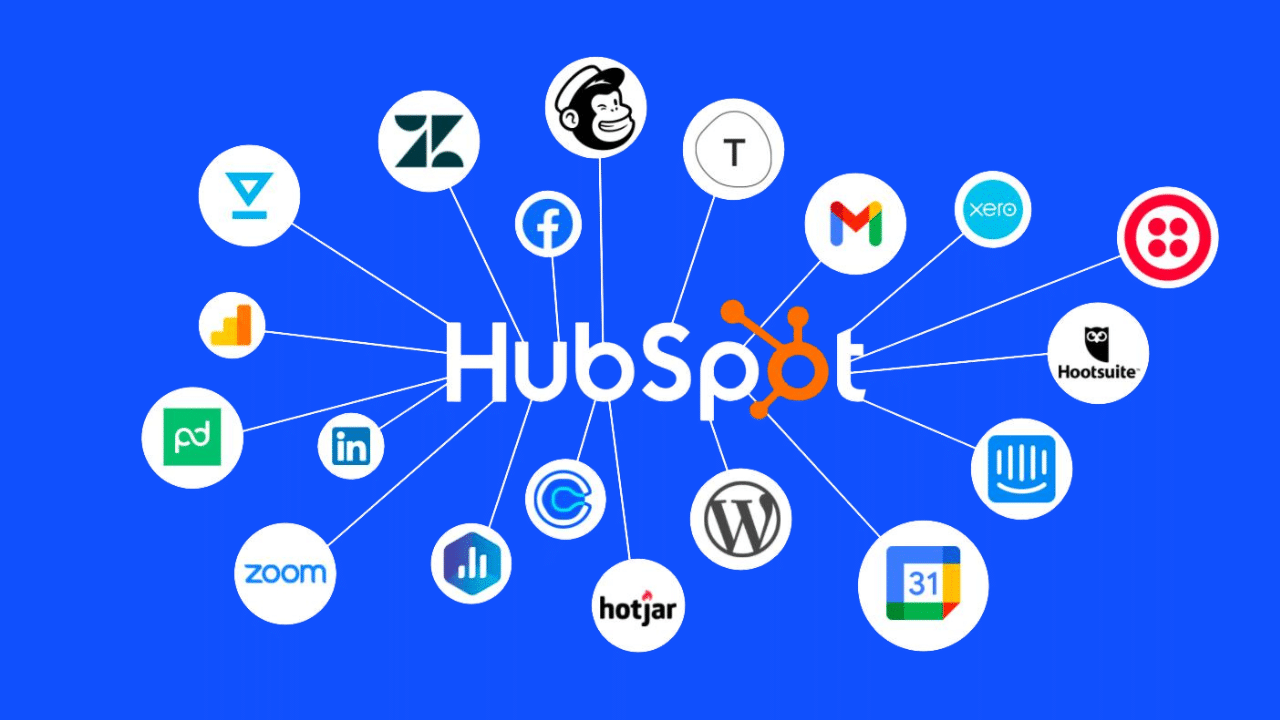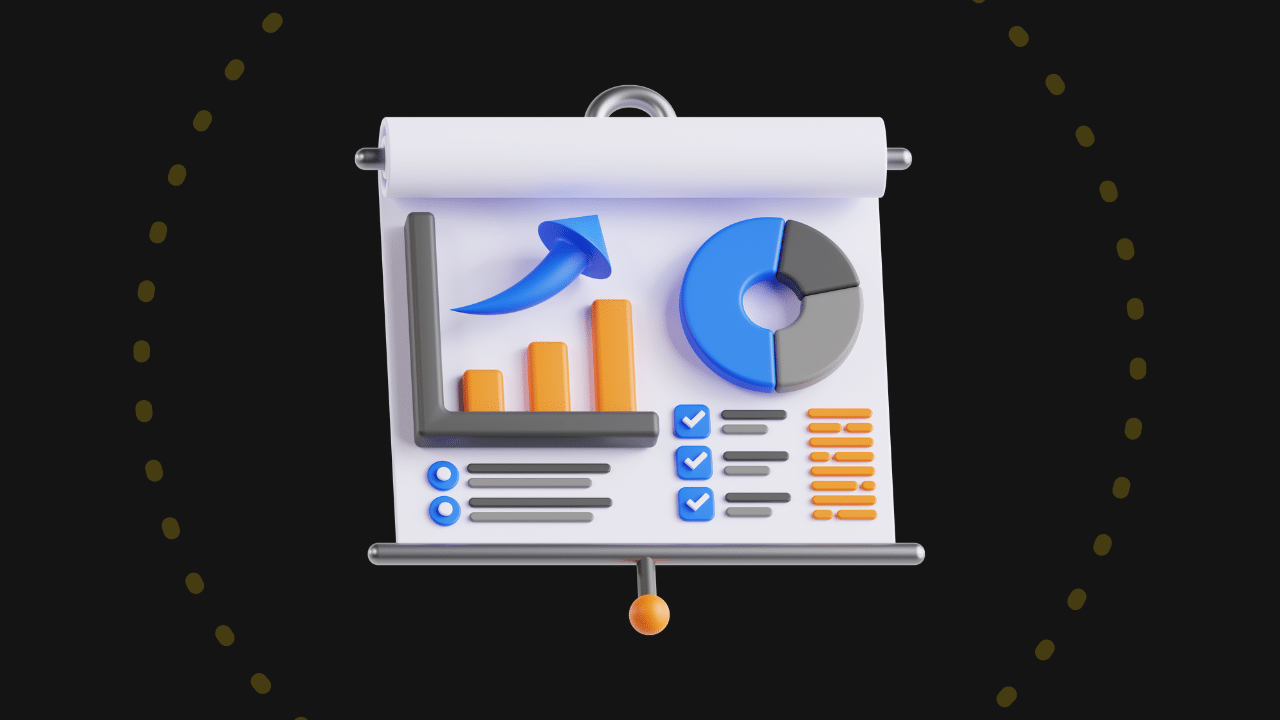
- DCX, Digital Customer Experience, DCX Strategy, Digital Strategy, Customer-Centric
Recent articles
our mailing list
Digital Customer Experience: The Strategy Top-Level

Digital Customer Experience: The Strategy Top-Level
Hello and welcome back to week 3 of our series; The Digital Customer Experience. Last week we spoke on our Agency Observations on DCX-Centric Businesses, these will surely convince you that DCX is important for your business.
We also provided a case study on a brand we enjoy over here at Sydney Digital Marketing; Bed Threads.
Now that you know what it is, why it’s important, you’re probably now thinking, “well, now what”
This week, we’re getting into the nitty gritty; The Strategy: Top Level.
Enough theory, here’s more on where to begin your Digital Customer Experience Strategy:
Step 1: Defining Success
You want success, duh. You see success as money in the pocket, and sure, at the end of the day, a successful company is one that brings in the big dollars. We hear of Amazon’s revenue soaring just shy of $400 billion, or Facebook at $90 Billion.
But long term success can come easy, if you have the right mindset from the beginning.
Bring your mind back to the first thing, success. Right now at this very moment, what does success look like to you?
If we had a dollar for every time a client asked us for ‘an awareness campaign that drives sales’.
Success is – yes – sales, leads, enquiries, or on the vanity side, we have clicks, video views and followers (which became a huge focus for brands since the introduction of Instagram and TikTok).
Understanding exactly what people want from your product from the outset is the first step to defining the rest of your strategy. i.e.:
You run a long standing finance business for individuals who are looking for investment tips.
Your customers are looking for advice that is relevant for them.
These customers are not looking to purchase anything, they are looking for someone to speak to.
Success to you then looks like leads and enquiries.
OR
You are a new skin care brand selling a range of products, your customers are looking for a product that will help them with their skin.
Success to you then looks like sales.
It may seem mundane to some to pull it back that far in the beginning, but trust us when we say that not everyone has this understanding of what they truly want.
Brands can explode into thinking they need every type of campaign to fix their one real success metric.
Step 2: Mapping out the current customer journey.
Easy! My customer clicks on an ad, goes to my website and purchases.
…And then what? What pages did they visit? What content on your site did they engage with? Were they interested in the product that you initially advertised or something else?
A customer journey is so much more than a simple A to B. When you document the customer journey, you are mapping out different behavioral scenarios using existing data.
Doing so allows all of your key decision-makers to stay focused on customers, as well as helps make each step of the buying experience easier for potential leads.
A defined customer journey (remember that of course with time, it will change and adapt) also allows for clarity when ideating your campaigns.
How to map your customer journey?
- 1. Include any online or offline stores.
- 2. Use Google Analytics or a similar tool to find exactly where the customers are, how much time they spend on your website, and when they leave.
- 3. Identify touch points: i.e. the times a customer comes into contact with your brand, this includes before and after an ad, during visiting your online or offline store, or after their experience. Include social media, newsletters, events etc.
- 4. Identify potential obstacles that appear in the customer’s journey.
Where are your customers dropping off (or not continuing)?
Why is this? Buttons not working? CTA not making sense? Is the information relevant to their previous step in the journey?
- 5. Include interactions post-conversion: what happens after the customer enquires, calls or purchases? We spoke last week about the importance and value of having repeat customers. Having this relationship with people who have engaged with you before doesn’t stop there, its about maintaining trust, empowering them to feel heard and important, and staying front of mind enough that they don’t have the chance to look anywhere else. This includes follow up calls, automations, nurture emails or purchase confirmations. This is all important!
- 6. Map it out visually: right now, you’re drowning in information, now it’s time to piece everything together. Use a program like Moqups to help you visualise the stages of awareness, engagement, conversion and nurturing.As you make improvements and work towards an ideal customer journey, remember to update your customer journey map. Ensure you’re not cluttering a single journey, and make sure everything fits together nicely.
Step 3: Identify your audience
Identifying your target audience is more than just age, gender and location. It can be easy to forget that your ideal customers are more than just people buying a product. Dig deeper.
Some key things to identify in your audience:
- Location (local, national or international)
- Demographics (age, gender, occupation, income level, marital status)
- Psychographics (values, hobbies, lifestyle, personality, attitude, behavior)
- Industries (medical, accounting, lighting, nonprofit), if a B2B focus
- Customer’s buying habits
- Personality type (persona) and pain points
- Motivations
- Competition
You can use Google Analytics to identify things like age, gender and location, as well as what device they are using to view your content.
You can delve into surveys and further market research should you be struggling to find data, like start ups or companies who haven’t used Google Analytics, (there are plenty).
Segment your mounds of data into smaller groups. For example, we have a segment for marketing managers and another for business owners, this is then broken down into various age groups.
All of which hold their own interests and characteristics.
Step 4: Address each phase of their journey
Now that you have the above, it’s important to also know their different considerations to a purchase path, as well as pain points.
You should be asking yourself questions like;
- Where are they when they see your brand? At work? At home? On the bus on the way to their city job?
- Is your product or service something that is easy to talk about? Word of mouth?
- What goal is each target audience trying to achieve?
- How can I provide a solution to their problem?
The Digital Customer Experience is all about achieving an experience that is tailored specifically to your audience. This has to come with the understanding that each segment of your audience is going to have slightly different problems and goals.
It is absolutely possible to tailor the experience to the customer, and have this carry through from the first time seeing your ads, onto your website, the purchase or enquiry, and beyond. (We touched on the power of CRM in week 2, and more to come on this next week).
Store this info in your customer journey map too!
Step 5: Where do I advertise and how?
Tell me a 60 year old who uses Tik Tok, or a 20 year old who only uses Facebook. (If you think of the first, I want to speak to them!).
Of course there are outliers, but as a general rule, we know what kind of people hang out on which platform.
We have clients come to us and say they want to advertise on everything, “Google and Yotube and Facebook and Instagram and LinkedIn and TikTok and Clubhouse, plus organic posting”.
Are you saying this because you know that’s where your audience is? Or because you think that being everywhere will increase your sales or enquiries by the tenfold?
Throwing your ad spend out there, thinking that ‘the more the better’ is a dangerous way to go, and an agency that takes your money and shoves you onto any platform you request; we can guarantee isn’t on your side.
When considering the best platforms for you to advertise on, this comes with the knowledge you have found above. For example, our two target audiences are marketing managers and business owners.
Choosing the marketing channels that suit your business and audience best is paramount to the success of your campaigns.
Marketing managers generally tend to be younger, are better with technology, they see problems within the business including lack of resources, lack of understanding, or the need for general support, so they think of an agency.
Though this younger demographic are most likely on Instagram and Tik Tok, when they are having problems in the workplace, during their work hours, are they going to scroll on Instagram and Tik Tok to find a marketing agency? No.
With business owners, their marketing manager comes to them hoping to gain some support, they think of an agency. Would they be more likely to go to Facebook and enquire from an ad there? Or would they simply search on Google, or engage with a post on LinkedIn?
Next to think about is creatives and copy (language and tone of voice). This will all change again, based on your segments of audience.
Step 6: Measuring success
You’ve mapped your customer journey, you’ve done the audience research, you’ve identified areas for improvement and have carried out the fixes necessary. Now it’s time to launch some campaigns!
Nearly!
Setting your KPI’s is something you don’t want to get wrong from the beginning, but don’t stress, it’s easiest when you have a clear picture of the points we discussed earlier.
Take your goals that you worked through in step 1; “defining success” and put a quantifiable number next to them – and a realistic one. Take it step by step.
It’s also important to understand the difference between a short term goal and a long term goal. This will enable your business to take the ‘short term’ steps to hitting your long term goal.
KPIs are connected to a “conversion”. As a general rule, conversions should be specific (i.e. easily to define and measure) and significantly beneficial (a user filling in a contact form on making a purchase). You will set targets and goals for each conversion type, so it’s vital to focus on the added value to the company with each conversion event.
A KPI set for a new gym opening could be 100 sign ups in the first month.
If you have recent data to suggest that for every 5 people interested, 1 person will sign up, that means that your marketing efforts would hope to bring in 500 prospects at a conversion rate of 20%.
Your short term goal is 500 prospects – whether this be form completions on a website, including phone calls.
Your long term goal is 1000 members. How long will it take to get you there?
Let’s say after the first month, you received 400 prospects, you signed up 80. You didn’t hit your goal and now you wish to optimise your campaigns…
You’ve mapped your customer journey, you’ve done the audience research, you’ve identified areas for improvement and have carried out the fixes necessary. Now it’s time to launch some campaigns!
Nearly!
Setting your KPI’s is something you don’t want to get wrong from the beginning, but don’t stress, it’s easiest when you have a clear picture of the points we discussed earlier.
Take your goals that you worked through in step 1; “defining success” and put a quantifiable number next to them – and a realistic one. Take it step by step.
It’s also important to understand the difference between a short term goal and a long term goal. This will enable your business to take the ‘short term’ steps to hitting your long term goal.
KPIs are connected to a “conversion”. As a general rule, conversions should be specific (i.e. easily to define and measure) and significantly beneficial (a user filling in a contact form on making a purchase). You will set targets and goals for each conversion type, so it’s vital to focus on the added value to the company with each conversion event.
A KPI set for a new gym opening could be 100 sign ups in the first month.
If you have recent data to suggest that for every 5 people interested, 1 person will sign up, that means that your marketing efforts would hope to bring in 500 prospects at a conversion rate of 20%.
Your short term goal is 500 prospects – whether this be form completions on a website, including phone calls.
Your long term goal is 1000 members. How long will it take to get you there?
Let’s say after the first month, you received 400 prospects, you signed up 80. You didn’t hit your goal and now you wish to optimise your campaigns…
- 1. Where did your 400 prospects come from?
- 2. Which campaign did they come from?
- 3. Google or Facebook?
- 4. Which ad did they click through?
- 5. Which keyword or search term did they search to find your ad?
We dive deeper into the world of attribution & tracking and insights, reporting & metrics that matter.
Welcome to the world of attribution.
Attribution is more than just knowing if they came from an ad or not. It’s drilling down which campaign, ad group or ad creative brought the best quality leads. It’s about knowing their customer journey and understanding their behaviour so you can market better to them.
A user who viewed the pricing page before contacting you is going to be different than someone who viewed all pages of your website before contacting you. Some may need some more convincing, and some may be more money-conscious and could be converted with a little hook.
We speak more on the world of attribution in week six (6).
Measuring your success also comes with the skills of working with Google Analytics and other analytic-based tools, knowing what to look for, and reporting on a monthly basis to review trends and more.
Tune in for Week 9: Insights, Reporting & Metrics that Matter.
We hope you’ve found some valuable insights from this week, and are looking forward to helping you further develop your business’ Digital Customer Experience strategy.
Next week, we’ll be working further on the components of your strategy. We introduce the marketing funnel and funnel, marketing automations, pulling customers down the funnel, and more.
And of course, if you’re looking to partner with a digital marketing agency in Sydney who can take your business to the next level? Say hello to us, your campaign-winning, results-driven partners.
Give us a call or have a chat.
Check out more from the series:
- Week 1: What is the Digital Customer Experience?
- Week 2: Our Observations
- Week 3: The Strategy Top-Level
- Week 4: The Marketing Funnel and Flywheel
- Week 5: Your Website
- Week 6: Attribution & Tracking
- Week 7: Marketing Channels & Where They Sit in the DCX
- Week 8: Content That Works
- Week 9: Insights, Reporting & Metrics That Matter
- Week 10: 10 Week Recap








